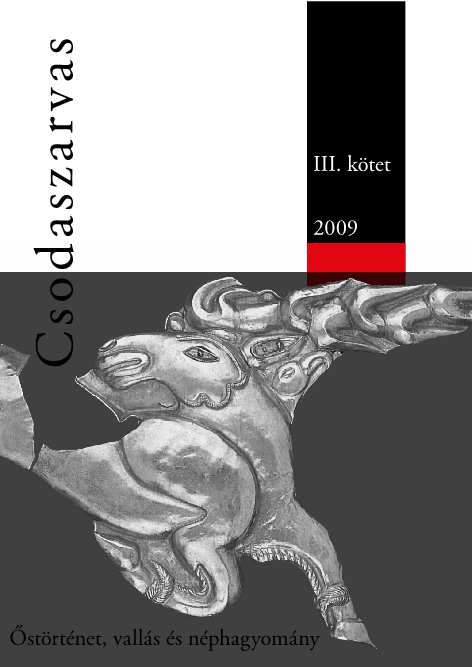Sacer Mons. Szakrális helyek a magyarság kereszténység felvétele előtti vallásosságában
Sacer Mons. Additional Data about the Pre-Christian Hungarian Sacral Places
Author(s): Endre Tóth
Subject(s): Cultural history, Ancient World, History of Religion
Published by: Molnár Kiadó
Summary/Abstract: The Benedictine monastery of Pannonhalma in Northwestern Hungary was built in the 11th century on a small hill called Sacer Mons (Sacred Mountain). In the present study, I research the origin of this name. There is no such concept as "sacred mountain" in the Christian religion (peaks might be named for Christian saints, for example Mons Sacri Martini). However, the name Mons Sacer for the hill under discussion turns up as early as the 11th century. For this reason, it seems improbable that it took this name shortly after the foundation of the monastery because of the monks living there. The documents—which luckily survive in large numbers—and also the narrative sources tell us that the name Mons Sacer had no connection with the Benedictine monastery at first; it was the name of the hill itself. This naming cannot be tied to the Christian religion; it derives from the times when Hungarians still preserved their original native religion. The qualification of a mountain as "sacred" has many parallels in the Eurasian mountains where nomads once lived. The survival of this tradition in the Hungary of the 11th century is shown by the fact that King St. László I called a diet (at the Benedictine monastery) on Mons Sacer, and that a few years later King Kálmán summoned the Hungarian nobles to the Tarcal Hill in Eastern Hungary for the same purpose. This means that certain hills and peaks still preserved their pre-Christian cultic function as gathering places in the early Árpád era. The location of the first Benedictine monastery in the Kingdom of Hungary might have been selected merely to neutralize an ancient cultic place.
Book: Csodaszarvas III.
- Page Range: 77-109
- Page Count: 33
- Publication Year: 2009
- Language: Hungarian
- Content File-PDF

